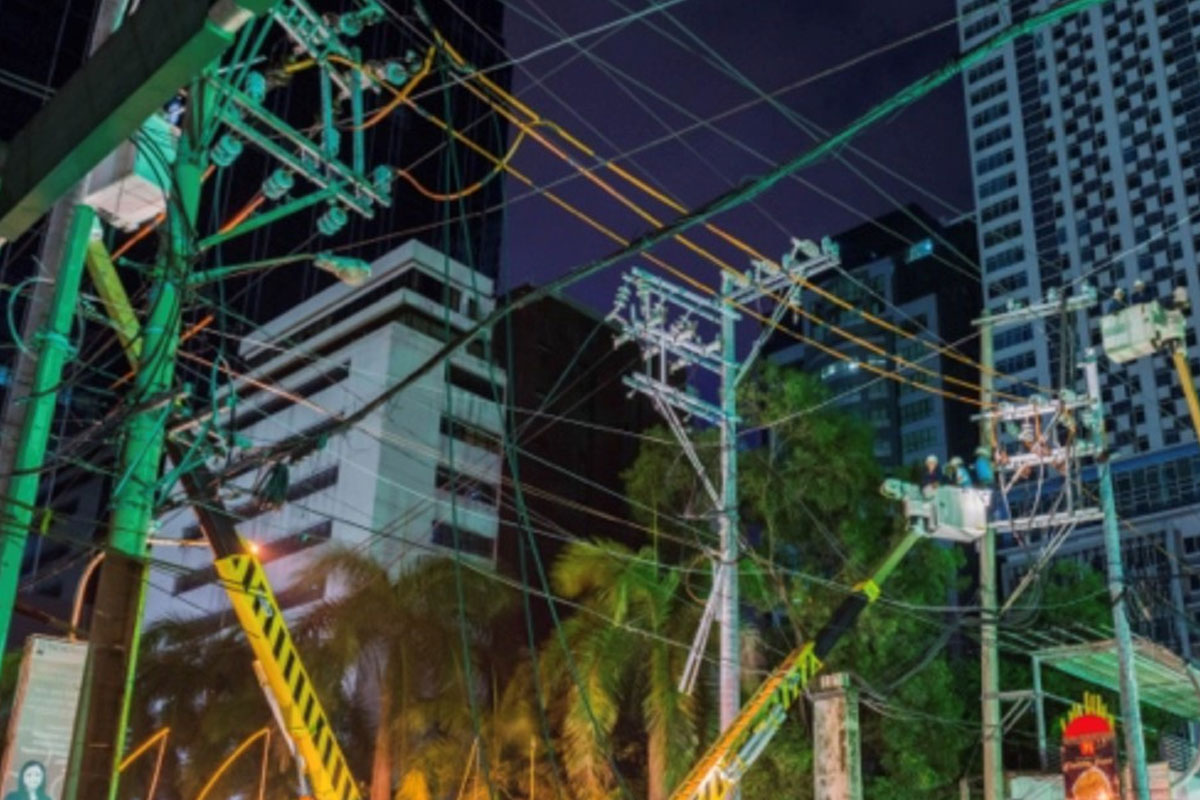
Bulusan Volcano’s status raised to Alert Level 1
THE Philippine Institute of Volcanology and Seismology (Phivolcs) has raised the alert status of Bulusan Volcano to Alert Level 1 (Low-level Unrest), the agency reported.
A reminder released by the agency stated the Bulusan Volcano Network (BVN) has recorded 126 weak and shallow (0-5 kilometers deep) volcanic earthquakes since 5 a.m. Tuesday, October 2022.
Most of these events occurred in the northwestern sector and the summit area of Bulusan and are attributed to rock-fracturing processes within the edifice. In addition to these earthquakes, several monitored parameters indicate increased hydrothermal activity and overall unrest as follows:
Ground Deformation data from continuous GPS measurements and radial tilt indicate a short-term inflation of the southern flanks of Bulusan since April 2022. Moreover, a pronounced and ongoing inflationary trend that began in late September 2022 was detected by most of the electronic tilt stations on the southwestern and southern slopes. This current inflation cycle signifies ongoing pressurization of the shallow hydrothermal system.
Volcanic Carbon Dioxide (CO2) concentrations measured monthly in springs on the southeastern sector of Bulusan have been increasing since July 2022, in conjunction with increasing spring temperature since April 2022 in monitored hotsprings on the southwestern sector.
Sulfurous Odor was also reported by residents of Sitio Talistison, Brgy. Mapaso, Irosin and Brgy. San Roque, Bulusan on October 10-11, 2022. In contrast, only very weak to moderate emission of steam-laden plumes is transpiring at the summit crater and northwest vents.
In view of the above, DOST-PHIVOLCS is now raising the alert status of Bulusan from Alert Level 0 to Alert Level 1, which means that the volcano is currently in a state of low-level unrest.
Local government units and the public are reminded that entry into the 4-kilometer radius Permanent Danger Zone (PDZ) must be strictly prohibited and that vigilance in the 2-kilometer Extended Danger Zone (EDZ) on the southeast sector must be exercised due to the increased possibilities of sudden and hazardous phreatic eruptions.
Civil aviation must also advise pilots to avoid flying close to the volcano’s summit as ash from any sudden phreatic eruption can be hazardous to aircraft.
Furthermore, people living within valleys and along river/stream channels especially on the southeast, southwest and northwest sector of the edifice should be vigilant against sediment-laden stream flows and lahars in the event of heavy and prolonged rainfall should phreatic eruption occur. DOST-PHIVOLCS is closely monitoring Bulusan Volcano’s condition and any new development will be communicated to all concerned stakeholders.

















